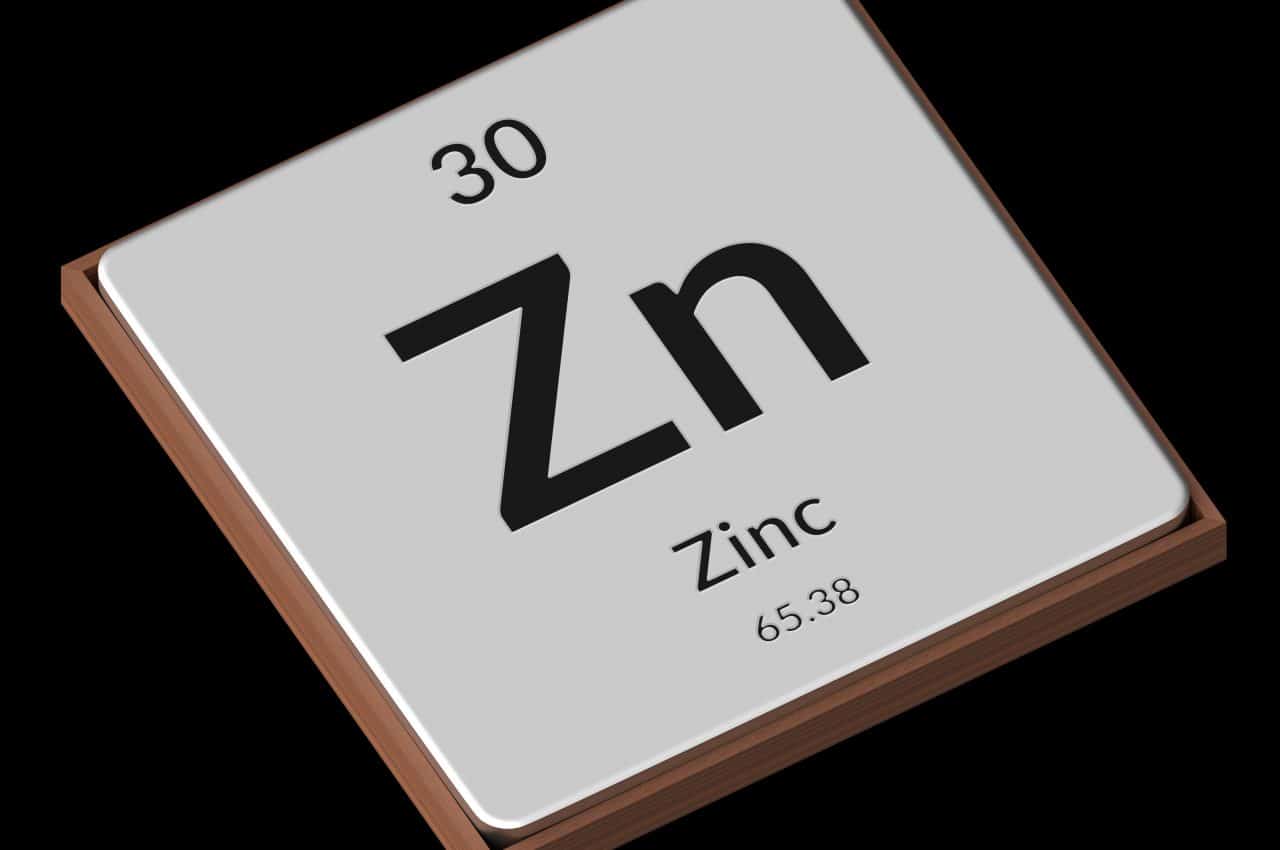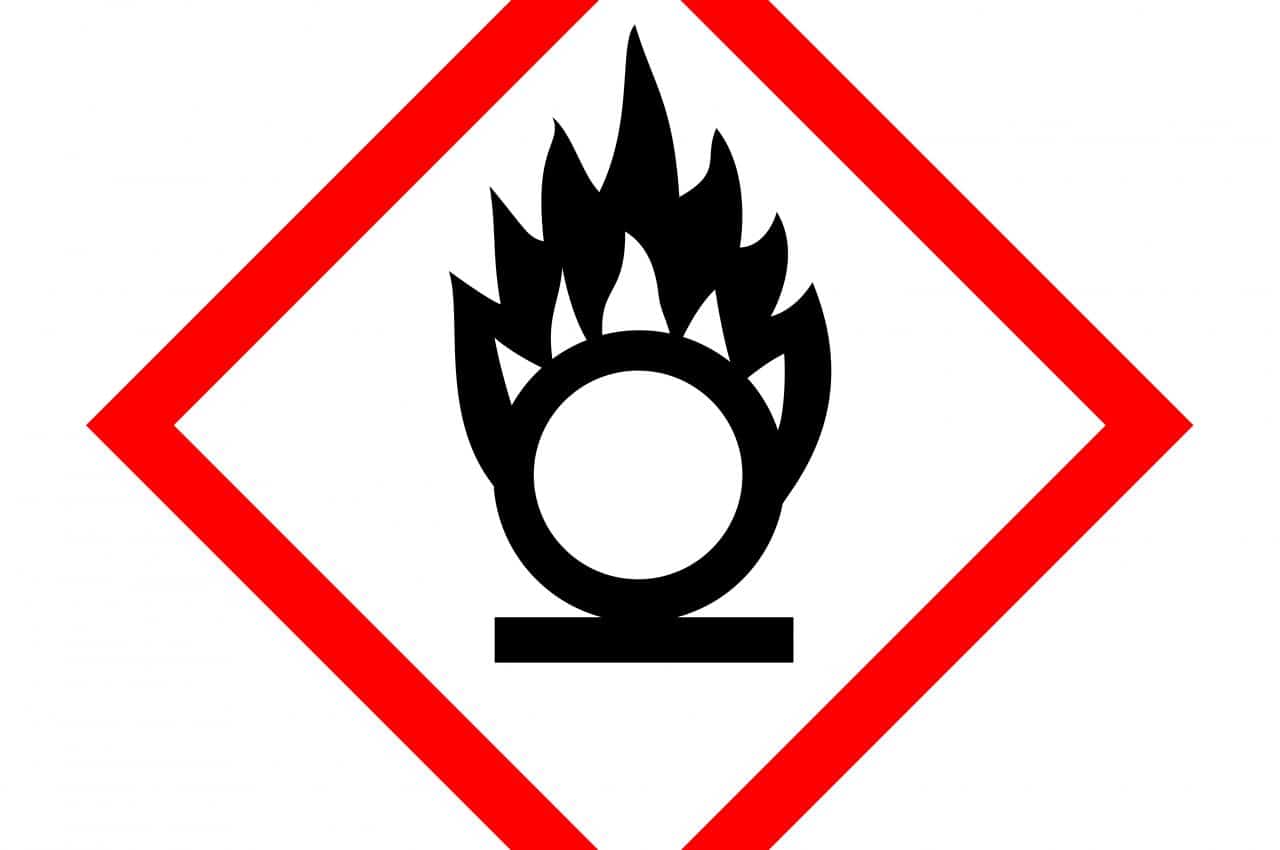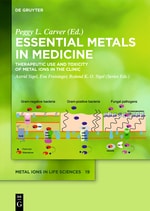Zinc: the galvanizing chameleon
Jules Raulin, a student of Louis Pasteur, made a seminal discovery on zinc’s essential role in a microorganism’s growth. 150 years later, growing questions about this integral and essential element revolve around its purpose for our everyday lives.
With usage spanning over several thousand years, zinc together with copper makes up the alloy brass. Major industrial applications developed more recently. Zinc is the electrode (anode) material in some batteries. The process of generating electricity was pioneered by Luigi Galvani (1737-1798) and Alessandro Volta (1745-1827). Galvani lent his name to the process of galvanization, discovered in the 19th century. Iron or steel is dipped into molten zinc, producing a protective coating to avoid rusting. Over 10 mio tons of zinc is mined yearly and about one half is used for galvanization – making zinc the 4th most mined metal. Both processes rely on a key, “self-sacrificing” property of zinc, namely its ability to donate two electrons as presciently suggested in the first two, and perhaps the fourth, alchemist symbols for zinc. Other aspects of zinc chemistry are rather uneventful, perhaps even boring, because zinc compounds lack color. Zinc’s cloak of invisibility makes it difficult to investigate it when compared with transition metal compounds that have color, and therefore discoveries of its biological functions have been held up for a long time.
In biology, we refer to zinc as if it were the element, for example in the words “zinc supplement” in nutrition. However, it is not the element but rather exclusively the zinc ion (Zn2+) in biology. The second meaning of the word “galvanizing” is appropriate to describe the roles of zinc in biology. An unprecedented wealth of biological chemistry has been added to its hitherto known inorganic chemistry. Every 10th human protein uses zinc for functions in catalysis, structure and regulation, more than iron, copper, and manganese proteins together. Zinc has exceptional catalytic power in many enzymes. For example, carbonic anhydrase, the fastest of all enzymes, turns over a million carbon dioxide molecules per second to make bicarbonate. When employing zinc as a structural brace, proteins can adopt many more 3D shapes than would otherwise be possible. Like the protrusions of puzzle pieces, zinc binding forms structures that allow interactions with other protein or biomolecules. In this way, biomolecules can “talk to each other”, which is the essence of biological communication and control. Similar to calcium, zinc ions participate in information transfer and serve as a type of inorganic hormone.
The reason for the widespread use of zinc in biology is its unique characteristics as a chemical chameleon, changing its coordination (but not its color!) readily when associating with oxygen, nitrogen and sulphur equally well and interacting relatively strongly with biomolecules (Sigel and Martin 1994).
Biology employs zinc in a remarkably rich chemistry that is different from the one underlying its major industrial applications. Zn2+ is neither oxidized nor reduced in biology. It does not change its valence state; it always remains Zn2+. Nevertheless, with zinc, biology controls some aspects of redox metabolism, the essence of generating and using energy in life. When zinc interacts with sulphur in many of its coordination environments, the sulphur confers redox activity on the complex. Oxidizing the sulphur makes Zn2+ available and reducing the oxidized sulphur generates binding capacity to make less Zn2+ available, thus establishing a way of re-distributing cellular zinc.
Labelling zinc an antioxidant is chemically not correct: How can an ion that is neither oxidized nor reduced have such an activity? The answer is somewhat sublime: the role of zinc is indirect (Maret 2019). The binding of zinc to proteins influences antioxidant processes. Depending on its concentrations, zinc binding can also affect oxidative processes. Therefore, it must be tightly regulated. Not enough zinc in deficiency or too much zinc in overload affects health adversely. So, here it is the chameleon again: zinc can be either beneficial as an essential nutrient or harmful and cause disease if not controlled correctly.
This is the seventh article to commemorate the “International Year of the Periodic Table of Chemical Elements (IYPT2019)” by the United Nations General Assembly and UNESCO. Read the previous article here and stay tuned
___________________________
- H. Sigel, R.B. Martin, The colorless ‘chameleon’ or the peculiar properties of Zn2+ in complexes in solution. Chem. Soc. Rev. 23, 83-91 (1994)
- W. Maret, The redox biology of redox-inert zinc ions. Free Radic. Biol. Med. 134, 311-326 (2019)




